USE PREPQUIP AS THE SUPPLIER OF YOUR INDUSTRIAL FILTER PRESS
The Tecnicas Hidraulicas (TH) Fully Automatic Industrial Filter Press
Designed in Spain in 1990, offers a practical and robust solution for the demanding operating conditions found in the mining and mineral industry with regards to fine solid-liquid separation. With the developing demand for the elimination of slimes dams, this product will find its rightful place in this aggressive market because of its low capital and operating costs. The design guarantees durability, unwavering quality and adequacy with remarkable advantages. The Filter Press size ranges from 1.4m² to 208m², which is capable of producing filter cakes of up to 85 tons/hour dry solids per press.
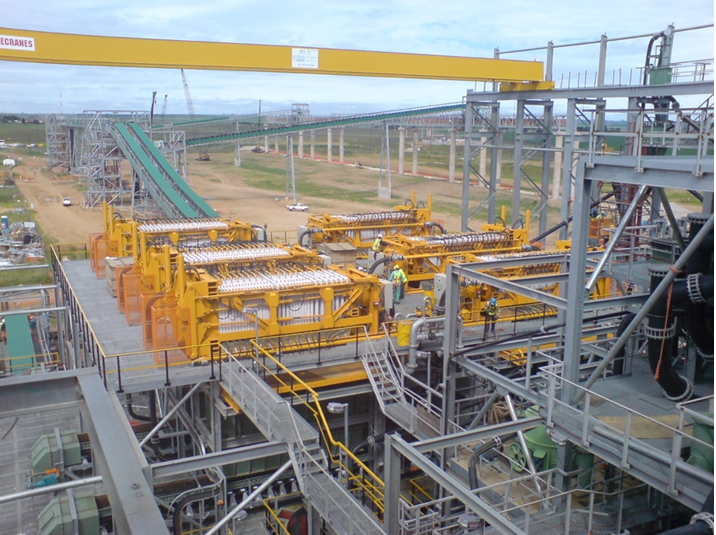
Features And Benefits
The successful execution of the TH filter technology in the mining industry has brought about the establishment of more than 154 units globally from PrepQuip.
The Major Reasons Behind Its Success Are As Follows:
a) Improved filter equipment – Tecnicas Hidraulicas (Spain) is conducting ongoing research and development to enhance the performance of the TH filter press. Recent TH filters delivered are furnished with the latest technology and improvements.
b) Simplicity of the completely automatic operation – No skilled operator is required to operate the machine, i.e. no “babysitting” is required.
c) Robustness – Filter plates are produced from 40mm thick steel plates. The filter plates are thus virtually indestructible even under adverse conditions. Reinforced plastic plates are available upon request to reduce capital expense.
d) Moving parts – It is known in the filter press industry that moving parts on a unit requires maintenance and replacement of spares. There are minimal moving parts on the TH filter press. The overall parts consumption and maintenance are kept to the minimum.
e) Positive cake discharge – The filter plates are not fixed to the frame of the filter. The plates are connected with chains on the top and travel on rail girders during opening/closing. During cake discharge, six plates are opened at a time, which allows an expansive opening between the chambers resulting in effective filter cake discharge. There is a swinging movement of the plates that ensures positive and complete cake discharge. Therefore, no complex cake discharge framework is required.
There are more features and benefits of the PrepQuip supplied TH Filter Press that we will discuss in preceding blogs.
At PrepQuip, we are the specialist and sole suppliers of TH filter press on the African continent. Use our expertise to give your processing plant a head start in front of the competition.
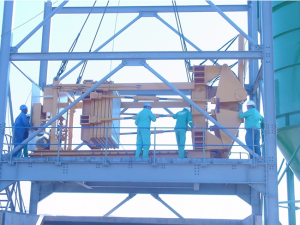
AUTOMATIC FLUSHING STRAINERS
South Africa’s modern economy is highly dependent on quality filtration and filtration frameworks. Our advanced strainer/in-line screen expels unwanted debris from a process liquid flow, even up to 180 µm particles. One particular sort of strainers that are well known across a wide range of applications are automatic flushing strainers also known as the PrepQuip in-line guard screen.
Its principle uses incorporate collecting and sifting out solid materials and particles in liquids, such as, oil, fuel and water. By removing these particles, oversize and in some cases hazardous materials are kept from entering the process stream which in turn protects upstream equipment. A conventional basket strainer requires manual cleaning of the filtration component frequently, with a specific end goal to remove blockages. The in-line guard screen automatically flushes away unwanted oversize material during operation with no need to stop the process.
The flushing strainer has a purging port that is connected to the strainer. This enables the automatic flushing and purging of collected solids and debris into an appropriate container, from where it can be easily discarded. In conjunction with the fact that the in-line screen cleans itself, its purging can likewise occur without stopping operations or the flow of liquid as mentioned above. These are just a few of the many reasons why so many companies have adopted for our automatic flushing strainer technology in their operations.
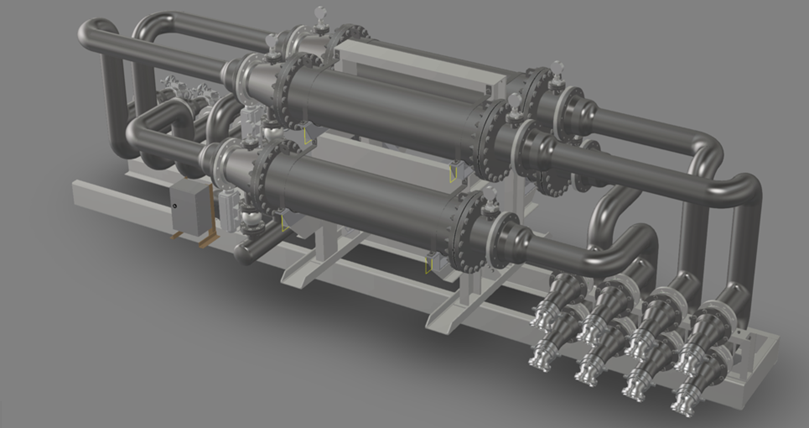
Custom-Designed Strainer/In-Line Screen Technology
At PrepQuip, we bring a lifetime of experience and expertise to the filtration and strainer sector. Our group can help you select the best kind of strainer or filter technology for your filtration application. We additionally size the right strainer and filter, while selecting the correct specifications for your filtration needs.
Allow our expertise to be advantageous to you, as we outline and manufacture our own custom designed strainer and filter that consummately matches your particular application prerequisites. We have never adopted a one-size-fits-all approach, and will surely not begin now. We rather approach every application as a one of a kind conundrum that should be solved with a tailored solution by our experienced engineers.
Regardless of whether you chose a suitable strainer or filter from our broad range of standard designs, or want us to re-design to better suit your requirements, or simply design a system from scratch, we will dependably go the extra mile. Harness the power of our expertise and manufacturing capacity, and let us create cutting-edge solutions for the modern filtration challenges facing your company.
We are prepared to help you meet the requirements of modern industrial processes and machines’ filtration demands. Demand more value for money and greater returns for your filtration investment with PrepQuip, and our team of specialists behind our filtration systems.
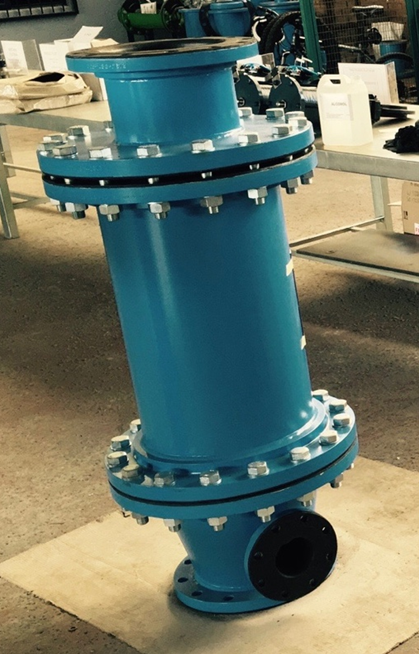
TH FILTER PRESS
Operating costs within the environmental, mineral and mining industries can be absolutely crippling for companies because the conditions can be both volatile and demanding. However the T.H. (Tecnicas Hidraulicas) fully automatic Filter Press supplied solely by PrepQuip on the African continent can offer companies a cost effective and robust solution to endure these conditions. There is undoubtedly an increasingly high demand for the removal and elimination of slimes/slurry dams and the PrepQuip supplied T.H. fully automatic filter press is just the equipment for the fines dewatering application with its low capital and operating costs, making it an ideal purchase and solution to your dewatering process. The design also ensures durability, reliability and effectiveness. The TH Filter Press ranges in size from 1.41 m² to 594 m² which produces filter cakes of up to 85 tons/hour per press.
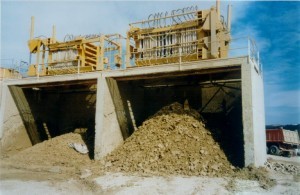
The TH Filter Press 11 Most Impressive Features:
- Fully automatic and hydraulic driven
- Dewatering capacity up to 85 tons dry solids per hour
- Equipped with 40mm thick steel plates (prevents mechanical damage)
- Unique design ensures effective discharge of all cakes
- Individual chamber feed ports decrease filling time and increase cloth life
- Replaceable rubber seals prevent leakage and ensure ease of maintenance
- Hydraulic pack is used for both slurry pump operation and press opening/closing
- Fulcrum Design facility to incorporate up to 12 different steps during the filtering process. Press PLC has the facility to incorporate up to 12 different steps during the filtering process
- Uniform filling eliminates the formation of blocks and the risk of plate damage
- Consistently low cake moistures controlled via an effluent measurement system
- Lower energy consumption
- Dewater capabilities with moistures as low as 14% depending on compositiona and size of fines
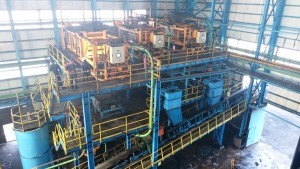
IN-LINE GUARD SCREENS
What Does PrepQuip’s In-Line Guard Do?
PrepQuip’s In-Line Guard Screen removes unwanted and oversized material in water or slurry streams, therefore preventing blockages and protecting downstream equipment like pumps and nozzles of damage from oversize material. The PrepQuip In-Line Guard Screen is supplied as either a standard unit or can be customised to the clients’ specific needs. They can be operated either manually or automatically depending on your operating preference. The In-Line Guard Screen comes in a range of different sizes, anything from 80 to 500mm (NB) and can handle capacities from 41 to 1590 m³/hr and aperture sizes from 160 μm – 10 mm.
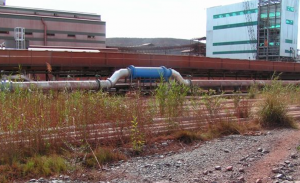
More recently the PrepQuip In-Line Guard screen has been implemented as a safety feature on fire water lines to ensure that no oversize material blocks or damages the fire water hose nozzles. This ensure that when an emergency arises, there is trust that the fire water used will be debris free.
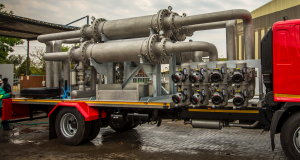
PrepQuip’s In-Line Guard Screens Range, Top 11 Design Features Include:
- Compact and heavy duty design
- A cost effective solution to unwanted debris problems in slurry and liquid streams
- Range of screen diameters to suit standard pipelines
- Custom designed screen apertures to remove only unwanted material (160 μm – 10 mm aperture size)
- Low pressure drop across the screen making it possible to retrofit into most existing pipelines
- Can operate at line pressures of up to 20 bar (G) depending on application
- Line size ranges from 80 to 500mm or 3” to 20”
- Capacities range from 41 to 1590m³/hr or 180 to 7000gpm (US Standard)
- Replacement screen cartridges manufactured with the following screen apertures to give desired flexibility: 0.5mm, 1mm, 3mm, 5mm. and 10mm
- Standard design makes allowance for standard screen lengths to keep costs as low as possible
- Separate debris outlet to remove unwanted particles from process stream during equipment operation
- Automatic flushing capability using a timer or pressure gauge switch as indication when to flush the system
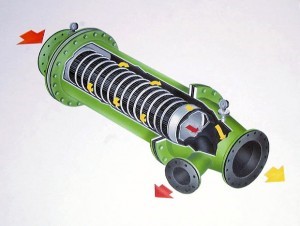
UNDERSTANDING MINERAL FLOTATION
Mineral column flotation was first used in the mining industry. It is regarded as one of the greatest processing technologies of the 20th century, revolutionising the industry in some respects. Not only does it improve the ability to recover valuable minerals such as Copper, Platinum, Lead and Zinc, it also ensures optimal recovery of valuable metals from a much lower grade.
Before the flotation process can work, the ore containing the mineral needs to be liberated and then milled down to fine particles so that the various minerals are exposed (liberated). As a guide and based on the mineralogy of the ore, roughly 80% of the particles should be passing 75µm (micron) prior to the flotation extraction process of Platinum Group Metals (PGM’s). During comminution (milling) the ore is mixed with water to obtain a slurry. Flotation promoting Chemicals are added to mask/alter the surface properties of the required minerals. The property it acquires is called hydrophobicity (“dislikes water”). However, not all minerals are naturally hydrophobic, the particular chemical that will be used depends completely on the mineralogy of the mineral. A good example is Sodium Isobutyl Xanthate (SIBX) also know as a collector, which is added to the slurry in order to selectively collect the desired floatable particles (conditioning period). The slurry containing both hydrophobic and hydrophilic (“likes water”) particles is then pumped to agitation tanks known as flotation cells. The slurry inside the flotation cell is aerated in order to produce bubbles.
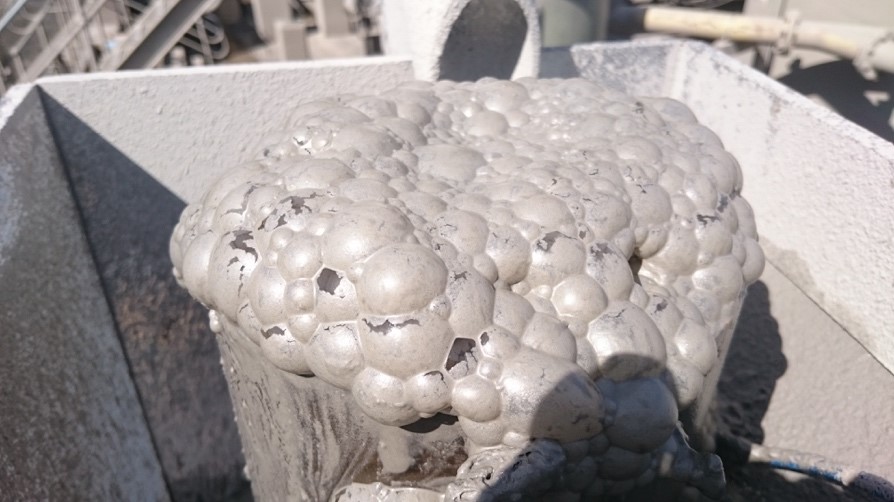
The hydrophobic particles will attach to the air bubbles which then carry the collected particle to the surface and produce a froth which is then extracted at the top of the flotation cell surface. The froth overflows into collection launders and the result is a concentrate of the desired mineral. A frothing agent is added into the slurry mixture to stabilize the bubble formation in the pulp phase and in turn creating a stable froth allowing selective drainage of entrained Gangue (unwanted minerals) and assisting with increased flotation kinetics. The efficiency of the entire extraction process will be determined by a number of factors:
- The ability of the particle to successfully attach to a bubble which in turn is carried to the surface were the froth is extracted via launders.
- Movement or transport of collectible particles between the pulp phase and the froth will determine the extraction efficacy.
- Flotation is normally undertaken in several stages (roughers, cleaner, scavengers etc.) to maximize the recovery of the target mineral and the concentration of those minerals in the concentrate, while minimizing the energy input and running costs.
Flotation columns can be used in the process from a rougher application to a re-recleaner. This is due to the fact that the Flotation column can be specifically designed to run at a target mass pull and in turn a specific recovery/upgrade ratio according to the test work done.
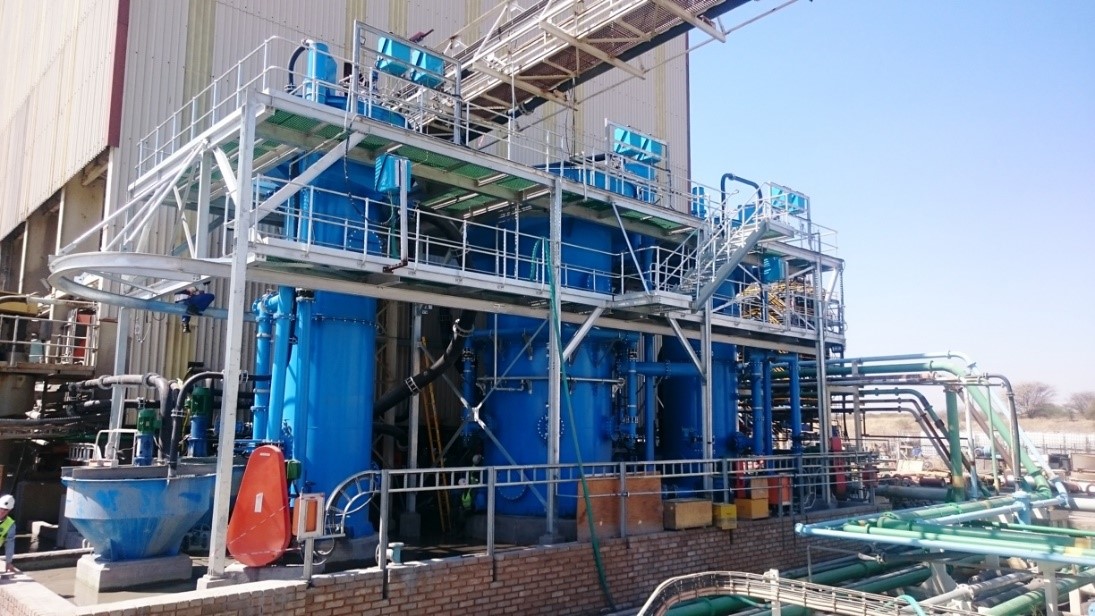
Please feel free to contact PrepQuip for any enquiries related to Flotation applications and Minerals Processing solutions.

